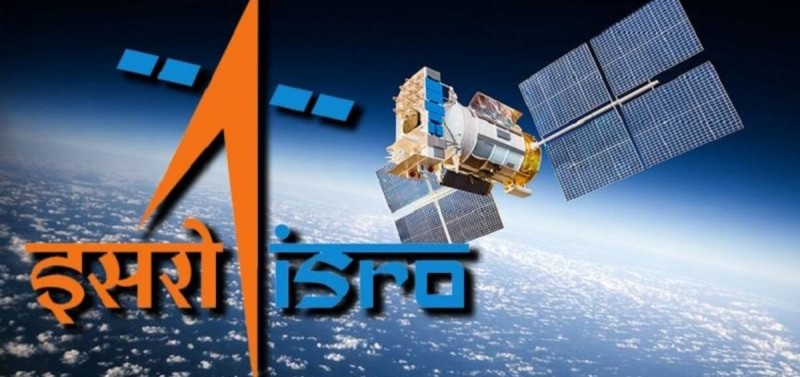
BANGALORE: The latest development emerged from the Indian Space and Research Organisation (ISRO) on Thursday, August 31, revealing that the Pragyan Rover module of the Vikram lander had documented a natural event occurring at the moon's south pole. Presently, ISRO is actively engaged in identifying the origin of this event.
Taking to the platform 'X' (formerly known as Twitter), ISRO shared a crucial update, "Chandrayaan-3 Mission's In-situ Scientific Experiments Instrument for Lunar Seismic Activity (ILSA) payload on the Chandrayaan 3 Lander – the pioneering Micro Electro Mechanical Systems (MEMS) technology-based apparatus on the lunar surface – has not only captured the movements of the Rover and accompanying payloads but has also recorded an event that seemingly has natural origins. This event transpired on August 26, 2023. A thorough investigation is underway to ascertain the source of this event."
Earlier this week, ISRO had disclosed on the 'X' platform that the Rover had successfully identified the presence of Sulphur on the moon's surface. ISRO elaborated, "The Laser-Induced Breakdown Spectroscope (LIBS) instrument equipped on the Rover has definitively detected the existence of Sulphur (S) on the lunar terrain in the vicinity of the south pole. This marks the inaugural in-situ measurement of Sulphur on the moon's surface. Additionally, elements such as Al, Ca, Fe, Cr, Ti, Mn, Si, and O have been detected as anticipated. The quest to detect Hydrogen (H) is presently in progress."
The Rover of the Chandrayaan-3 mission descended from the Vikram lander and made contact with the lunar surface on August 25. The Chandrayaan-3 mission encompasses three vital modules: the propulsion module, which facilitated the transit of the lander and rover module to a lunar orbit of 100 kilometers; the lander module, which was responsible for the precise touchdown of the lunar craft; and the rover module, designed to explore various components on the moon's surface.
India achieved a monumental milestone on August 23 by successfully executing the landing of the Chandrayaan-3 lander module at the moon's South Pole, thereby solidifying its position as the first nation to accomplish this historic achievement. The nation's achievement made it the fourth country, following the United States, China, and Russia, to effectively land on the moon's surface.
In parallel to these developments, ISRO is poised to launch its groundbreaking solar mission, Adity-L1, scheduled for September 2. This mission marks India's inaugural endeavor to study the sun's characteristics and behavior.
Aditya-L1 Illuminating Insights into the Present and Future of the Sun: ARIES Chief
ISRO Concludes Launch Rehearsal and Vehicle Checks for Aditya-L1 Mission